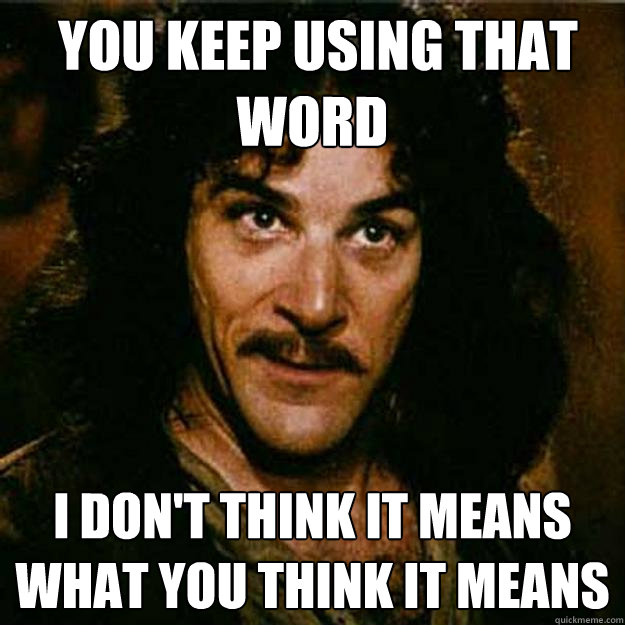You may think that writing a blog post on the definition of a self-explanatory term like “content strategy” is just an SEO ploy. Well… ok, you’re partly right. But before you get all smarty-pants smug, let me ask you a question.
Does your company have a documented content strategy? Not an editorial calendar—a content strategy.
The Definition of “Content Strategy” Holds the Key to Better Results by @amandathehun

It turns out that only 35% of B2B marketers have a documented content strategy in place, meaning the vast majority of marketers are sailing without a compass. And when we look at the definition of “content strategy,” it immediately becomes clear why that’s such a huge problem:
A content strategy is the planning, development, and management of content for print or digital publication, as related to a business’ greater goals.
Uh oh. Without a documented content strategy in place, there’s a good chance your efforts won’t be as goal-based or effective as they should. (For one thing, how is effectiveness even measured without goals?)
So now that you’ve admitted you have a problem, let’s talk about fixing it.
The first step is to understand that your content strategy doesn’t start with topics—it starts with homework.
Before you ever start an editorial calendar, make sure you have each of these categories fleshed out in writing:
- Company Goals: These goals—which may be annual or quarterly and may include the company’s overarching mission—will come from executive leadership. If your leadership does not have documented goals in place, it’s your responsibility as a marketer to lead them in the creation of such goals. This is an extremely important step in charting the course for all of your organization’s future efforts.
- Audience: Define your company’s personas and determine what problems each segment faces. How does your company solve those problems? This information might live in the VP of Marketing’s head, but it wants out. Get it on paper.
- Competitive Analysis: Make a list of your major competitors for each product line. Include a summary of their brand positions and taglines.
- Messaging: Build your overall messaging based on these first three sections. This content, which should be covered in a couple of paragraphs per persona, will serve as the common thread throughout your marketing efforts.
- Buying Process: Understand the basic buying and communication cycles, and list the categories of content that apply to each. Figure 1 (below) shows an example chart that maps a few types of content to the communication stages where they’re most effective.
- Workflow: Determine who will be involved in the content creation and review process. Who will be the point person for gathering and reporting on analytics? Having a process in place will make your entire program run smoother. If you’re feeling uncertain, the Complete Guide to Building Your Content Marketing Workflow is a great place to start.
| Communication Process Stages | ||||||
| Awareness | Credibility | Interest | Preference | Selection | Loyalty | |
| Content Examples By Stage | ||||||
| Trade shows | Media interviews | Presentations / slide decks | Product data sheets / in-depth brochure | References | Newsletters | |
| Press releases | Bylines | One-pagers | Product blog posts | Case studies | Drip campaigns | |
| SEM/SEO | Whitepapers | Competitor comparison chart | Product demos / training | |||
Figure 1 – A communication process chart used by a recent Dreamtown client
Only after you’ve committed these 6 sections to paper are you ready to begin thinking about content topics. Oddly enough, it turns out that topic development is a relatively small part of a content strategy.
When you’re ready to move forward, Kapost has a wealth of resources available for you. Check out their recent content strategy playbook if you need help igniting your planning process.

